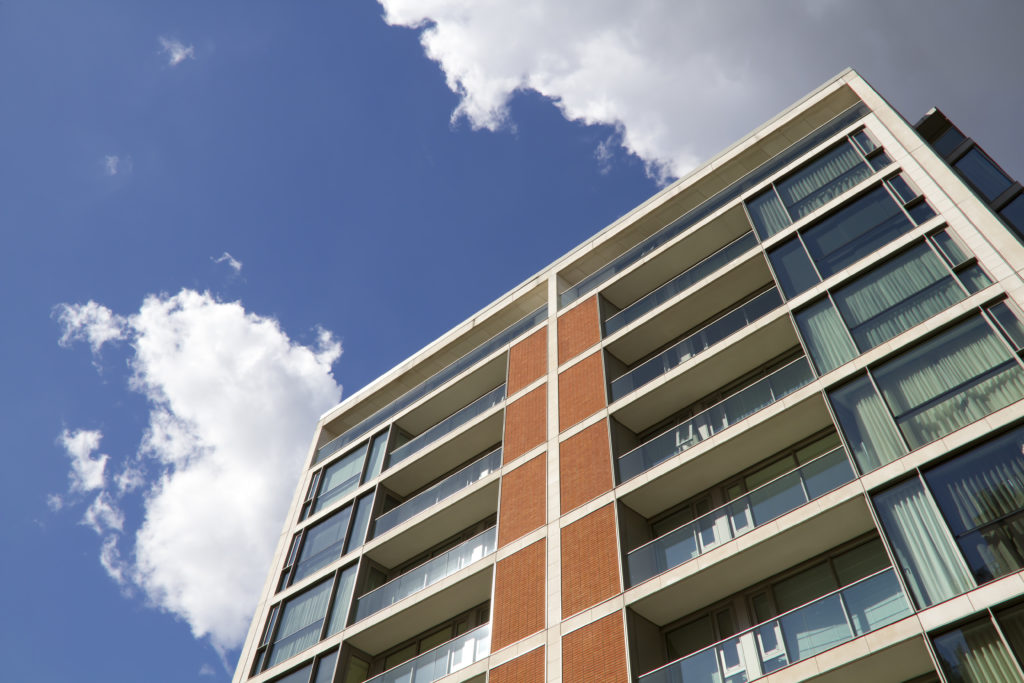Do I need buildings insurance?
Choosing insurance cover can be a daunting and confusing process at the best of the times. But if you are a landlord of leasehold flats then it is your responsibility as freeholder (not that of the leaseholder) to ensure correct buildings insurance is in place. It is an important element of your obligations as a landlord, so it is worth understanding exactly how to select the correct policy.
What is buildings insurance?
Buildings insurance relates to the physical structure of the property itself, rather than its contents or occupants. It covers not only walls, floors, ceilings and the roof but any permanent fixtures inside or outside the building, such as electricals, bathrooms or fitted kitchens.
What does buildings insurance cover?
Typically, buildings insurance is designed to cover the cost of repairs to the structure of the property, depending on the cause of the damage. The damage must generally be out of the landlord’s control and can include:
- Fires or arson
- Explosions
- Flooding
- Storm damage
- Vandalism or other deliberate malicious damage
- Frozen pipes
- Vehicle collisions
Generally, buildings insurance covers the entire cost of full repairs to a property following any of the forms of damage listed above, including demolition and rebuilding costs and architects’ fees. However, every buildings insurance policy is different, so it is worth checking carefully that your chosen policy provides exactly what you need it to.
What does buildings insurance not cover?
There are a number of forms of damage to your property which are not covered by buildings insurance, so it is important to be clear on exactly what these are in the case of your individual policy. These generally include:
- Damage from pests and insects
- Storm damage to external features such as fences or gates
- Poor workmanship
- Any damage caused by neglecting the property
- General wear and tear caused by people living in the property
Are there different types of buildings insurance?
There are two types of buildings insurance, so be sure to assess which one is most suitable for your leasehold flats.
Sum insured buildings insurance
Sum insured buildings insurance is based on a calculation of the overall cost of rebuilding a property from scratch, including any fees. This can be higher or lower than the overall value of the property.
As the value of a property changes over time, it is worth taking out index-linked sum insured buildings insurance in order to reflect this. Index-linked insurance is where the valuation is tied to inflation by the consumer price index.
Bedroom rated buildings insurance
Bedroom rated buildings insurance is calculated based on the number of bedrooms in a property. According to the Money Advice Service it is now the most popular type of buildings insurance in the UK.
It is generally considered to be a good option because its high estimates better protect the holder against the risk of under-insuring a property.
Which type of buildings insurance is right for me?
As a landlord of leasehold flats, your only obligation when it comes to buildings insurance is to take out a policy – it is up to you to decide which type is better suited to your needs, and well worth shopping around to see if you can get similar policies at a lower cost.
If you opt for bedroom rated buildings insurance then you could end up over-insuring and paying more than you need to for your policy, as the estimate is less accurate. However, while sum insured buildings insurance tends to be more accurate it is difficult and complex to calculate as it takes into account a greater number of factors.
You can use the Association of British Insurers’ online calculator to see roughly how much buildings insurance for your property will cost.

